Sound Signature
The Etymotic EVOs have a balanced sound signature. The reproduction is reference to my ears and it sounds technically advanced, analytical, and exquisitely balanced across the spectrum. It has an excellent PRaT and a very precise, sharp transient response. It also offers an accurate sense of stage projection. The instruments have plenty of air between them and the instrument positioning is easily distinguishable even during complex passages.
Despite being a clean and transparent monitor, EVO does not nit-pick sources, however, sources that have a reference signature and a good technical capability help the EVO maximize its performance. I have tried the EVO with the new SMSL SU-8s & SH-8s stack and I found out that they sound excellent together. Dynamic, transparent, and spacious are the first three words that popped into my mind while I was listening to the pairing.
I know many of you wonder about how it compares to the Etymotic’s ER series and we will get to that soon. Let me give you a spoiler though, the Evo offers a satisfying low end compared to ER series. The percussion instruments sound clean, tight, and impactful. The note weight and the body is excellent compared to the ER4P-T.
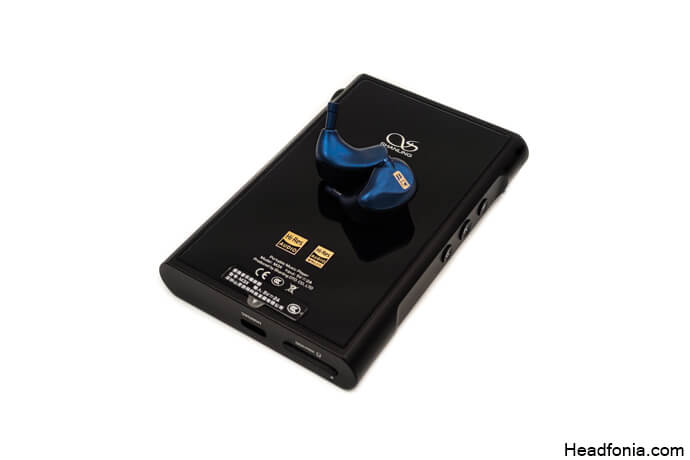
Low
The Evo has an agile, clean bass response. The quantity is well-adjusted. Etymotic tuned the bass in a way that it is neither too little nor too much. It has the perfect amount of bass in my opinion. Some tracks like the Gotan Project’s ”Diferente” show an abundance of lower-end harmonics and IEMs with limited low-end extension ultimately end up sounding dry and dull. This is not the case with the new Evo. It has an excellent sub extension and the harmonics are well reproduced by the IEMs. Instruments such as bass guitars, tubas, and kick drums are easy to detect and follow on the stage.
If you are an EDM enthusiast who also loves the Etymotic but found the bass response of their IEMs a little less than what you are accustomed to, I have good news for you. When the track calls for it, for example, during Stavroz’s ”The Ginning”, Evo’s bass rumble and strength push beyond what we thought was possible for an Etymotic. That is probably because we now have a new 3 driver IEM from a long-established company that dominated the market with single driver IEMs for so long in the past. To recap, the Evos have a really good bass response that is very controlled and impactful at the same time.
Midrange
The mids are articulate and transparent, similar to the rest of the spectrum. Both the male and female vocals have adequate body. The midrange is not thin, or particularly thick. The tonal balance is excellent, it is natural and it does not feel saturated. This type of tuning results in a very precise and accurate midrange that doesn’t feel dry at all. The whole signature never feels digital and manages to stay organic throughout the frequency spectrum.
The Upper mid-region has plenty of energy but at the same time, they manage to stay controlled. The extension is excellent. Cymbals, hi-hats, and similar instruments that heavily depend on upper midrange feel clean and refined. Micro-details can be easily picked up by the listener thanks to the revealing and transparent nature of the Evo. The resolution is impressive, as it is with the rest of the frequency bands.
Treble
Let me start by saying that the high frequencies feel articulate, refined, and detailed. The resolution is impressive here also and the extension is spatial but manages to stay controlled within the dedicated range. Don’t get me wrong though, this region has plenty of energy to help to create a vivid presentation. The timbre feels accurate and clean with ample air. Saxes, Flutes, Piccolos feel organic and the overtones are beautifully projected by the Evo. Even during complex passages, the treble region preserves its integrity and handles congestion without any problems. The excellent tonal balance results in a very coherent presentation and this is one of the best specialties of the Evo. All the frequency bands work harmoniously in sync and this contributes to the layering and imaging properties of the Evo.
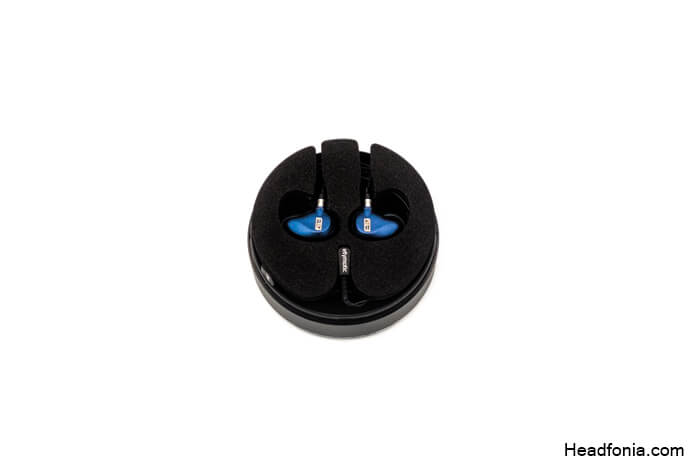
Technical Performance
The Etymotic’s new flagship offers precise imaging and excellent PRaT. The soundstage is wide and deep with plenty of air between the instruments. Their positioning is clear and distinctive. It is quite easy to focus and track individual instruments on the stage. The layering is just as impressive thanks to the expertise of Etymotic’s engineers in this area. PRaT-wise it is a fast and agile monitor. The attack and decay are snappy and sharp with really low resonance. The Evo is an excellent all-rounder due to its dynamic and articulate presentation. It performs well with many genres as long as you pair it with an equally capable source.
Comparisons
vs. ER2XR
First and foremost, we are taking a big departure from the linear bass response of the ER series. The ER2XR has a dynamic driver inside its shell. The bass response does not feel particularly lacking, however, it is not tuned in an “exciting” way either. It often leaves you hanging, especially with genres that are heavily dependent on the low range. This does not happen with the Evo. The Evo has a lot more bass in quantity but also it offers a much better, textured bass response with a really good sub extension. The Evo is technically better than the ER2XR with increased resolution, better detail-retrieval ability, better imaging, and a wider, deeper soundstage. It really is an evolved Etymotic that is worthy of the flagship title.
vs. ER4P-T
ER4P-T was one of my favorite earphones back in the day thanks to its fast PRaT and accurate presentation. Based on my experience, it has a perfectly flat frequency response and it loves to nit-pick recordings and sources. It had a much lighter bass response compared to the Evo and it lacked the necessary impact and power. It was an accurate tool rather than an exciting earphone, in my opinion. The Evo manages to be both of them at the same time thanks to the Etymotic’s new configuration. The Evo’s midrange offers a bolder note-weight, resulting in more natural reproduction. It does not sound dry or dull in any way. It also features superior resolution, better instrument separation, larger headroom, and much better imaging capability.
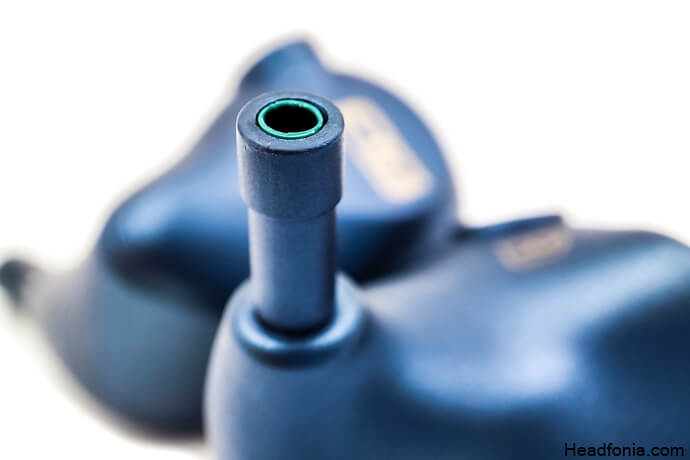
Last Words
Etymotic EVO is an impressive IEM. It is clear that the Etymotic has done a comprehensive R&D and managed to create a true flagship that improved every aspect of the previous king. The Evo sounds both exciting and accurate at the same time and it has quite an impressive set of skills. Apart from the sound, Etymotic’s new metal injection molded stainless steel shell looks and feels amazing. The accessories are rich and the Etymotic provides an interchangeable filter system to improve the service life of the earphones. Additionally, The Evo comes with Estron’s beautiful Linum G2 BaX cable and it is amazing to see such cable bundled with an Etymotic earphone. I really like the Evo and I think Etymotic did an excellent job with it. I definitely recommend you to try it and hear it!
Page 1: Intro, Company, Accessories, Cable, Design, Fit, Specs
Page 2: Sound Signature, Low, Mid, High, Technical Performance, Comparisons, Last Words





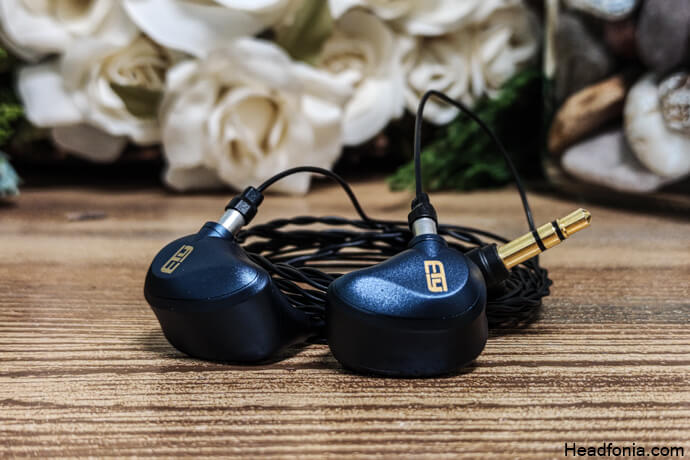
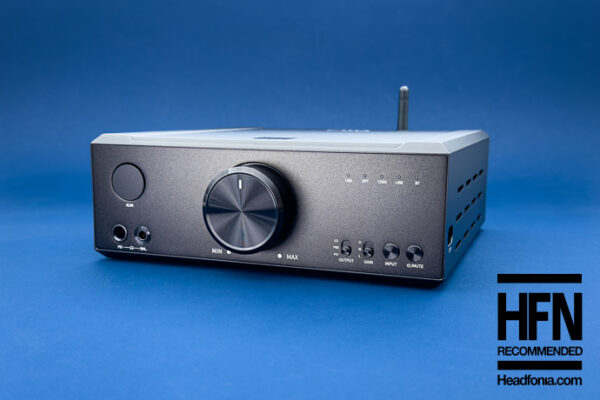

Graham
Thank you for the review. As a lover of the ER4 XR, I am very excited about this new headphone; can’t wait to audition and compare to the ER4 directly…
Yagiz
Thanks Graham. You should give it a try, it still is an Etymotic but on steroids!
BT
Great review! The “classic” Etymotic IEM shape (i.e. ultra-deep insertion) never suited my ear canals, so I’m stoked to try this one out
Yagiz
Thanks BT.
I don’t like the triple-flange fit, too. It is a little too intrusive 🙂
Patrick G Murray
I am actually in the market for an IEM, I have a earsonics sm64, had but sold an audiofly af1120(which was their flagship and it was definitely a great IEM), as well as a Nuforce primo 8. Unfortunately the SM64 is damaged and has me looking elsewhere for an IEM. I interested in this because it seems balanced and neutral without perhaps being too flat and being labeled as perhaps boring. Thanks for this review it was insightful and put this on the map for me.
James Reinhart
Has anyone performed a test with analog sources? My classical and jazz records from the 60s and 70s when playing them on my system (Maggie 3.6R, Marantz 11 reference, Micro Ruby H, power regenerator are all early pressings that have infinitely more musical sound as the nuances have not been reproduce even in SHM SACD, digital oversampling devices of any kind and vinyl produced decades later. I also have very low number Mobile Fidelity Records many less than 20. It has been apparent to anyone that switching from digital of any form to the analog is no contest.